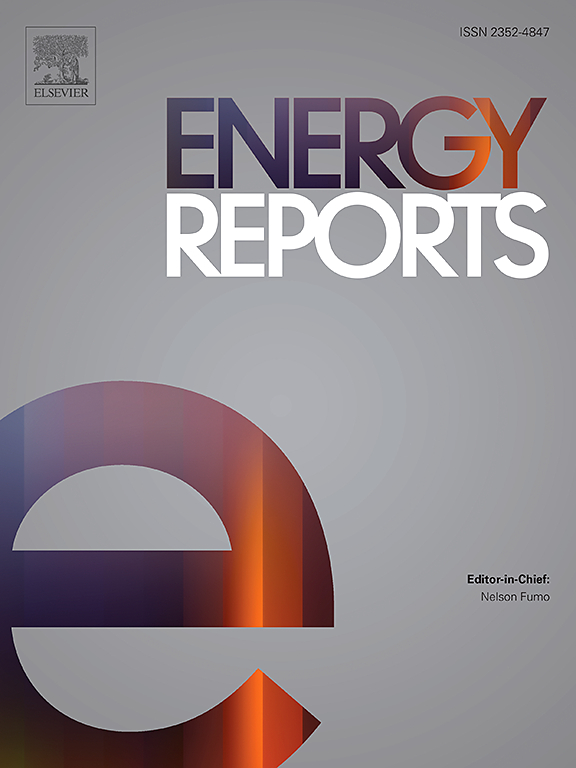Enhancing energy security in Bangladesh through small modular reactor integration: A geographical, industrial and demand-based perspective
IF 5.1
3区 工程技术
Q2 ENERGY & FUELS
引用次数: 0
Abstract
Small modular reactors (SMRs) can play a pivotal role in fulfilling Bangladesh’s ever-rising energy demands while addressing critical environmental concerns. This study seeks to explore the possibility of deploying SMRs in Bangladesh, with a focus on geographic, industrial and electricity demand factors. Analysis of division-wise power demand and load-shedding data from 2022 to 2023 indicates that SMRs with an electrical output of approximately 300 MW, either individually or in parallel, could be deployed in various administrative divisions, where daily load-shedding ranged from 110 to 500 MW (with the highest demand in the capital Dhaka). Additionally, the eight export processing zones (EPZs) in the country, which currently consume around 297 MW electricity, could also benefit from the installation of small and micro-modular reactors tailored to their energy needs. The country currently imports 2656 MW power from India, a portion of which could be replaced with domestically generated electricity from SMRs, thus enhancing national energy self-sufficiency. Furthermore, local industrial hubs and remote areas disconnected from the grid, such as coastal islands, wetlands and the Chittagong hill tracts, stand to benefit significantly from SMR deployment. The selection of specific SMR technologies will hinge on factors such as availability, technological advancements, national infrastructural development, financing/costs and the active engagement of both government and stakeholders.
通过小型模块化反应堆集成加强孟加拉国的能源安全:基于地理、工业和需求的视角
小型模块化反应堆(smr)可以在满足孟加拉国不断增长的能源需求,同时解决关键的环境问题方面发挥关键作用。本研究旨在探讨在孟加拉国部署小型反应堆的可能性,重点关注地理、工业和电力需求因素。对2022年至2023年各区电力需求和减载数据的分析表明,电力输出约为300 兆瓦的小型反应堆,无论是单独的还是并联的,都可以部署在各个行政区域,这些行政区域的日减载范围为110至500 兆瓦(首都达卡的需求最高)。此外,该国的8个出口加工区(EPZs)目前消耗约297 兆瓦的电力,也可以从安装适合其能源需求的小型和微型模块化反应堆中受益。该国目前从印度进口2656兆瓦 电力,其中一部分可以用小型反应堆的国内发电取代,从而提高国家能源自给自足。此外,与电网脱节的地方工业中心和偏远地区,如沿海岛屿、湿地和吉大港山区,将从小型反应堆的部署中受益匪浅。具体的小型反应堆技术的选择将取决于诸如可用性、技术进步、国家基础设施发展、融资/成本以及政府和利益相关者的积极参与等因素。
本文章由计算机程序翻译,如有差异,请以英文原文为准。
求助全文
约1分钟内获得全文
求助全文
来源期刊

Energy Reports
Energy-General Energy
CiteScore
8.20
自引率
13.50%
发文量
2608
审稿时长
38 days
期刊介绍:
Energy Reports is a new online multidisciplinary open access journal which focuses on publishing new research in the area of Energy with a rapid review and publication time. Energy Reports will be open to direct submissions and also to submissions from other Elsevier Energy journals, whose Editors have determined that Energy Reports would be a better fit.
 求助内容:
求助内容: 应助结果提醒方式:
应助结果提醒方式:


